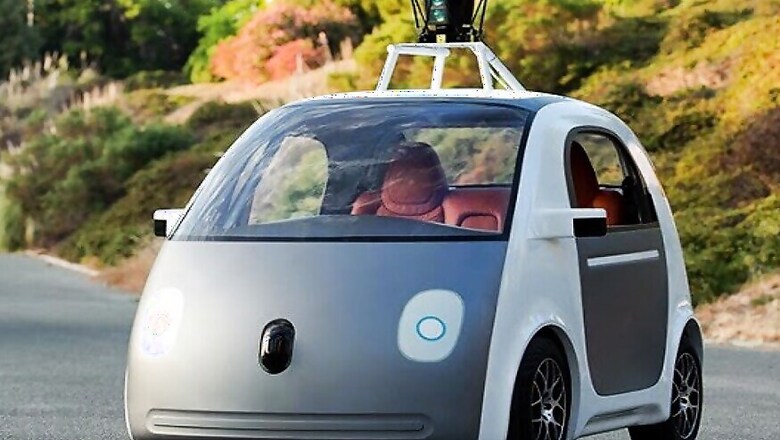
views
How can a car with no one at the wheel give way to a cyclist at a junction or signal to another road user at the same intersection that it intends to go? By learning and replicating human driving behaviour.
The reason why the replicants are so difficult to track down in the cult sci-fi classic "Blade Runner" is because the company that created them, the Tyrell Corporation, lives by the motto "More human than human"
Those developing autonomous driving technologies must adopt the same motto if they truly want cars to one day become a self-driving reality, capable of navigating real-world driving situations.
It's why Nissan has recruited anthropologist Melissa Cefkin. "Adding this autonomous dimension to [cars] will bring around further changes in society, all the way down to the everyday way in which we interact and behave on the road," said Cefkin. "We're trying to distill out of our work some key lessons for what an autonomous vehicle will need to know ."
These issues will be greatest when autonomous cars still represent a tiny minority of vehicles on the road, because how can a car without a driver signal an intention, other than to turn left or right, to another road user?
Cefkin points to the four-way intersection with stop signs as a prime example. "It's open to a lot of interpretation," she explained. "Yeah, I'm supposed to stop, (but) once I've stopped it doesn't tell me when to go again, so that's up to me to figure out."
Cefkin's team studied this situation in depth and realised that cyclists and pedestrians will make eye contact with drivers or physically signal them to signal their intent. "[We are] bringing insights and the kind of understanding that we have about human practices and human experience right into the fundamental design of the system," she said.
Nissan is not alone in trying to codify the "unwritten rules" of the road. Goodyear and the London School of
Economics (LSE) are currently how human drivers will treat autonomous cars on the road.
"A key question for this year's research is how the unwritten rules and driver behavior that we employ will apply to self-driving cars, and to what extent self-driving cars will need to learn the common sense humans use to make everyday driving situations work," said Dr. Chris Tennant, who is leading the research project at the LSE.




















Comments
0 comment